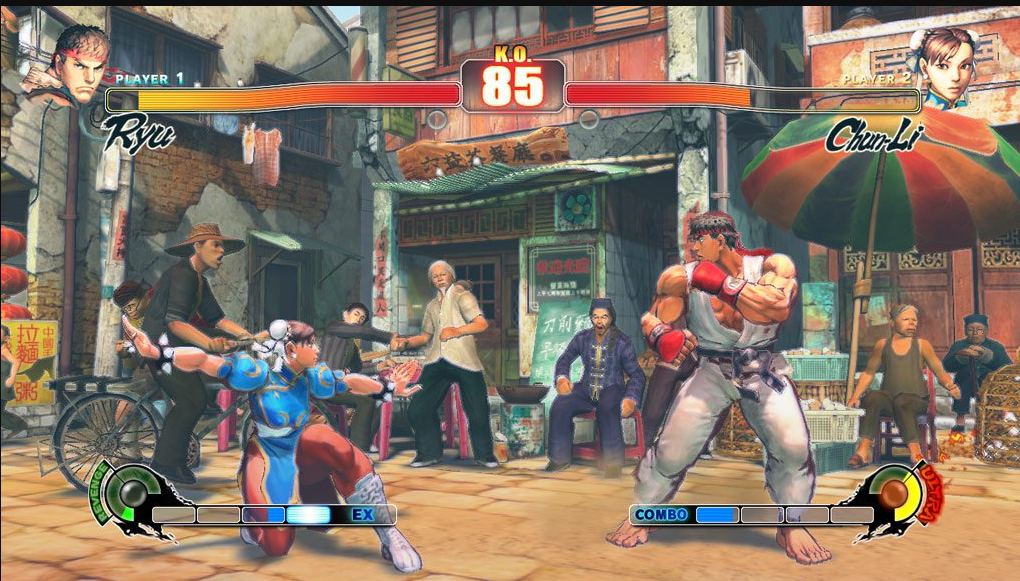
- #Street racing 3d codes 2020 drivers
- #Street racing 3d codes 2020 driver
- #Street racing 3d codes 2020 series
#Street racing 3d codes 2020 driver
If each driver wins one match, sometimes a sudden death match ensues via coin toss to determine the lead position.

In the second match, the trailing driver takes the front place and the winner is determined using the same method. If the chase driver manages to stay on his opponent's tail, or passes the lead driver to cross the finish line first, he wins the match instead. If the lead driver manages to create a noticeable gap (also called pulling a gap) between their car and the chase driver by the finish line, he is determined the winner of the match.
#Street racing 3d codes 2020 series
A series of matches are run with a lead and a chase driver starting either side by side or bumper to bumper at the starting point. Touge races, sometimes called Battles, are typically run at night between 2 cars in either "Cat and mouse" or Initial D rules. However, street racing competition can lead to more people racing on a given road than would ordinarily be permitted (hence leading to the reputation of inherent danger). Examples of such roads include Del Dios Highway in Escondido, California Genting Sempah in Malaysia Highway 35 Some portions of British Columbia Highway 1 such as the Malahat drive and Mount Haruna, on the island of Honshū, in Japan. Tōge – Japanese for "mountain pass", because these races are held on mountain roads and passes – generally refers to racing, one car at a time or in a chase format, through mountain passes (the definition of which varies per locale and racing organization). The sport of drifting and tōge (also transcribed touge) racing, primarily from Japan, has led to its acceptance in other parts of the world. Some car meets are held at closed circuits such as Sonic Automotive circuits (Atlanta Motor Speedway and Charlotte Motor Speedway host such events during the year.) This is usually to prevent getting the attention of local law enforcement, as meets can easily gain attention. While some car meets may involve street racing, many meets may recommend not to race at all during the meets. This can often mean something like a large abandoned parking lot, a sizeable location they specifically asked for permission to use, or other locations that are known to be car enthusiast-friendly where they are welcomed. In its simplest form, "car meets" can be described as gatherings by car enthusiasts and street racers alike with the sole purpose of taking their passions into the public eye. Street racing is distinct from the legal and governed sport of drag racing see terminology below. Opponents of street racing claim street races have a lack of safety relative to sanctioned racing events, as well as legal repercussions arising from incidents, among street racing's drawbacks. Well-coordinated races are planned in advance and often have people communicating via two-way radios or citizens' band radio, and using police scanners and GPS units to mark locations where local police are more prevalent. Street racing can either be spontaneous or well planned and coordinated.

Though typically taking place in uncrowded highways on city outskirts or in the countryside, some races are held in large industrial complexes. Since a private racing venue was not always available, street races would be held illegally on public roads. In the United States, modern street racing traces its roots back to Woodward Avenue, Michigan, in the 1960s when the three main Detroit-based American car companies were producing high-powered performance cars.

#Street racing 3d codes 2020 drivers
Since then, it continues to be both popular and hazardous, with deaths of bystanders, passengers, and drivers occurring every year. It became especially prevalent during the heyday of hot rodding (1960s), muscle cars (1970s), Japanese imports (1990s) and sports cars (2000s). Racing in the streets is considered an ancient hazard, as horse racing occurred on streets for centuries, and street racing in automobiles is likely as old as the automobile itself. Street racing is typically an unsanctioned and illegal form of auto racing that occurs on a public road. Other.#The app uses 802.11 networking (Wi-Fi) features on the device.An illegal street race in Bogotá, Colombia This feature is a superset of the feature. The app uses the device's advanced multitouch capabilities for tracking two or more points independently. The app uses the device's basic two-point multitouch capabilities, such as for pinch gestures, but the app does not need to track touches independently. The app uses the Global System for Mobile Communications (GSM) telephony radio system. The app uses 802.11 networking (Wi-Fi) features on the device. Allows applications to open network sockets.Īllows applications to access information about networks.Īllows applications to access information about Wi-Fi networks.Īllows using PowerManager WakeLocks to keep processor from sleeping or screen from dimming.


 0 kommentar(er)
0 kommentar(er)
